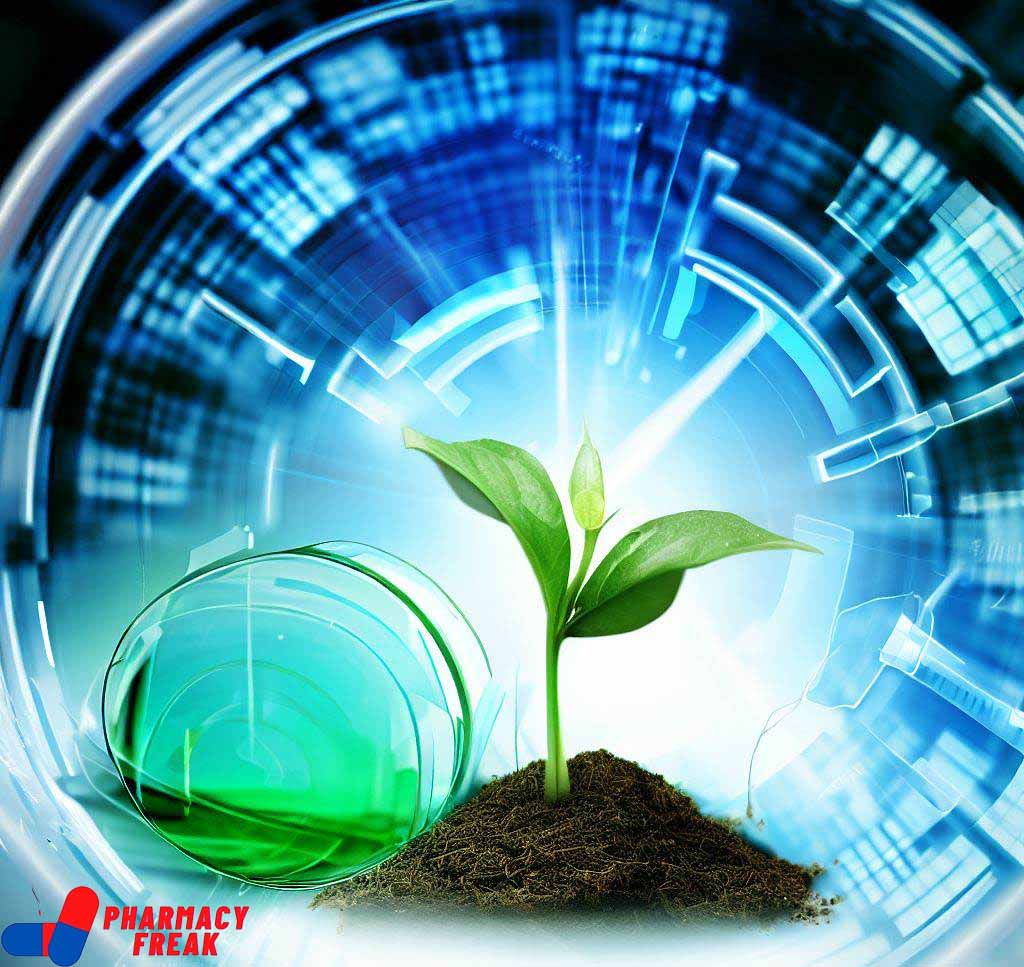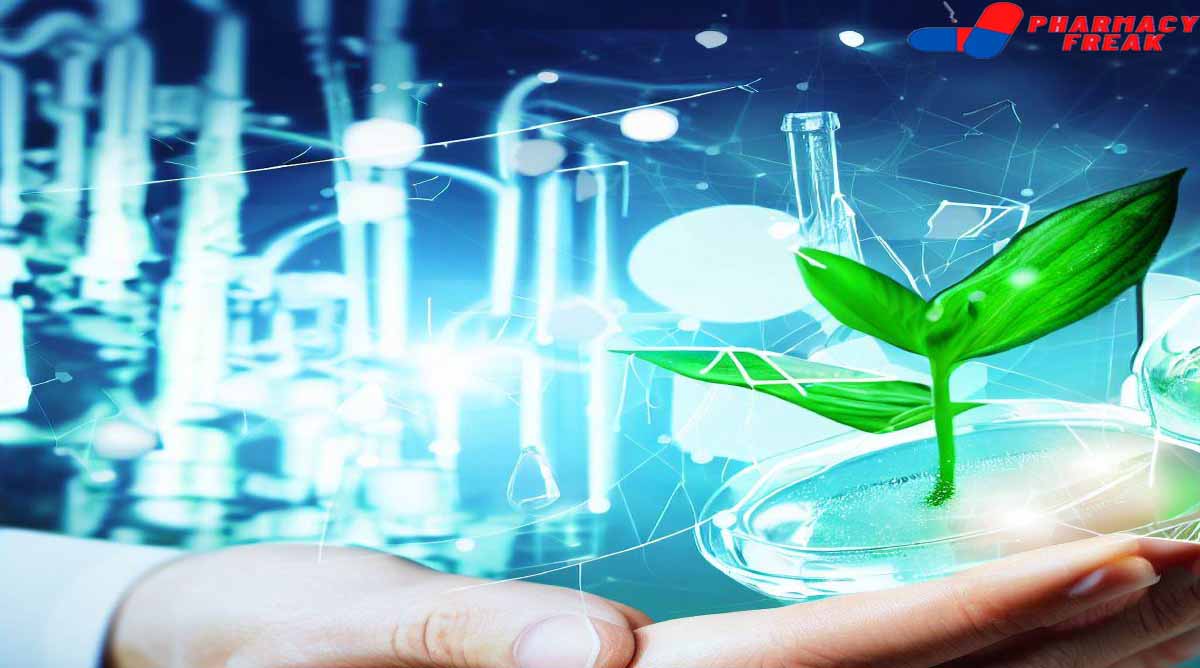
The production and usage of medications has been completely transformed by the use of biotechnology in the pharmaceutical business.
The discovery of vaccines, pharmacogenomics, gene therapy, tissue engineering, and drug manufacture are just a few of the promising uses of this contemporary discipline. The application of biotechnology in agriculture has led to the creation of crops with larger yields, improved resiliency to environmental challenges, and improved nutritional value. There are many disciplines within biological engineering, a subfield of engineering that integrates biotechnologies and biological science, including biochemical engineering, biomedical engineering, and bioprocess engineering, all of which have proven to be beneficial in a variety of sectors. We will discuss the application of biotechnology in detail. You can download Applications of Biotechnology in Pharmaceutical industry pdf also.
The pharmaceutical applications of biotechnology are:
- Medicine
- Cloning
- Agriculture
- Biological Engineering
Medicine
Applications of Biotechnology in medicine:
i) Drug Production: Traditional pharmaceutical drugs are typically simpler molecules found through trial and error. Small molecules are chemically manufactured, while larger ones are created by cells of humans, animals, plants, bacteria, or yeast. Modern biotechnology uses genetically altered microorganisms to produce insulin and antibiotics synthetically. Plant-made pharmaceuticals can also be produced using biotechnology. Additionally, biotechnology is used for developing molecular diagnostic devices to define target patient populations for biopharmaceuticals. Herceptin, for instance, was used with a matching diagnostic test for treating HER2 protein-expressing breast cancer cells in women.
ii) Pharmacogenomics: It is the study of how an individual’s genetic inheritance affects his/her body’s response to drugs. The term pharmacogenomics was derived from the words pharmacology and genomics, thus it involves studying the relationship between pharmaceuticals and genetics. Pharmacogenomics aims to design and produce drugs adapted to each individual’s genetic makeup.
iii) Gene Therapy: It is used for the treatment of genetic and acquired diseases like cancer and AIDS. Gene therapy utilizes normal genes to supplement or replace defective genes or strengthen immunity. This therapy targets either the somatic cells (i.e., body) or the gametes (i.e., egg and sperm). In somatic gene therapy, the recipient’s 18 Pharmaceutical Biotechnology * * genome is altered; however, this alteration is not passed on to the next generation. On the other hand, in germline gene therapy, the egg and sperm cells of the parents are altered to be passed on to their offspring.
iv) Genetic Testing: This involves a direct examination of the DNA, and is used for:
- Carrier screening, or identifying unaffected individuals who carry one copy of a gene for a disease that requires two copies for the disease to manifest,
- Confirming the diagnosis of symptomatic individuals,
- Determining sex,
- Forensic/identity testing,
- New-born screening,
- Prenatal diagnostic screening,
- Pre-symptomatic testing for determining the risk of developing adult-onset cancers
- Pre-symptomatic testing for predicting adult-onset disorders.
v) Tissue engineering: Tissue engineering is an application of biotechnology that creates artificial organs and tissues for transplantation. By manipulating cells and tissues, scientists can develop functional replacement tissues and organs. This technology has shown promising results in developing skin grafts, heart valves, and functional bladders. Tissue engineering has the potential to revolutionize transplantation and improve patients’ quality of life.
vi) Vaccines: New vaccines, such as mRNA vaccines for COVID-19, have been developed using biotechnology. Recombinant vaccines and virus-like particle vaccines are also examples of biotechnology applications in vaccine development.
Cloning
Applications of Biotechnology in cloning
In this method, the nucleus from one cell is removed and transferred to an unfertilized egg cell whose nucleus has either been deactivated or removed. Cloning can be done in the following two ways:
i) Reproductive Cloning: In this method, the egg cell after a few divisions are transferred to a uterus for its development into a fetus that is genetically identical to the donor of the original nucleus.
ii) Therapeutic Cloning: In this method, the egg is placed in a Petri dish for its development into embryonic stem cells potentially treating several ailments.
Agriculture
Applications of Biotechnology in agricultural field are:
i) Crop Yield: One or two genes are transferred to a highly developed crop variety to impart a new character to increase the crop yield. The current techniques of genetic engineering are best for the effects controlled by a single gene. Some genetic characteristics related to yield (e.g., enhanced growth) can be controlled by various genes, each posing a nominal effect on the yield.
ii) Reduced Vulnerability of Crops to Environmental Stresses: Such crops which can be made resistant to biotic and abiotic stresses can be developed with the help of genes; for example, drought and salty soil are the two limiting factors in crop productivity.
iii) Increased Nutritional Qualities: The nutritional value of proteins contained in foods can be enhanced; for example, proteins in legumes and cereals can be transformed such that they also provide amino acids required in the balanced diet of humans.
iv) Reduced Dependence on Fertilisers: Modern biotechnology can also be used to reduce the dependence of farmers on agrochemicals; for example, Bacillus thuringiensis (Bt) is a soil bacterium that produces a protein having insecticidal properties. Conventionally, these bacteria Introduction to Biotechnology were used to produce an insecticidal spray by fermentation. In this form, the Bt toxin occurs as an inactive protoxin, which becomes effective when digested by an insect. There are several Bt toxins and each has specificity for some target insects. v) Production of Novel Substances in Crop Plants: Biotechnology is also applied for novel uses apart from food; for example, oilseed is genetically modified to produce fatty acids for detergents, substitute fuels, and petrochemicals. Potatoes, tomatoes, rice tobacco, lettuce, safflowers, and other plants are genetically engineered to produce insulin and certain vaccines.
Biological Engineering
Applications of Biotechnology in Biological Engineering
It is a branch of engineering that involves biotechnologies and biological science. It includes different disciplines such as biochemical engineering, biomedical engineering, bioprocess engineering, biosystem engineering, etc.
Applications of Biotechnology in Pharmaceutical industry pdf
Applications of Biotechnology in Pharmaceutical industry pdf – Click here
